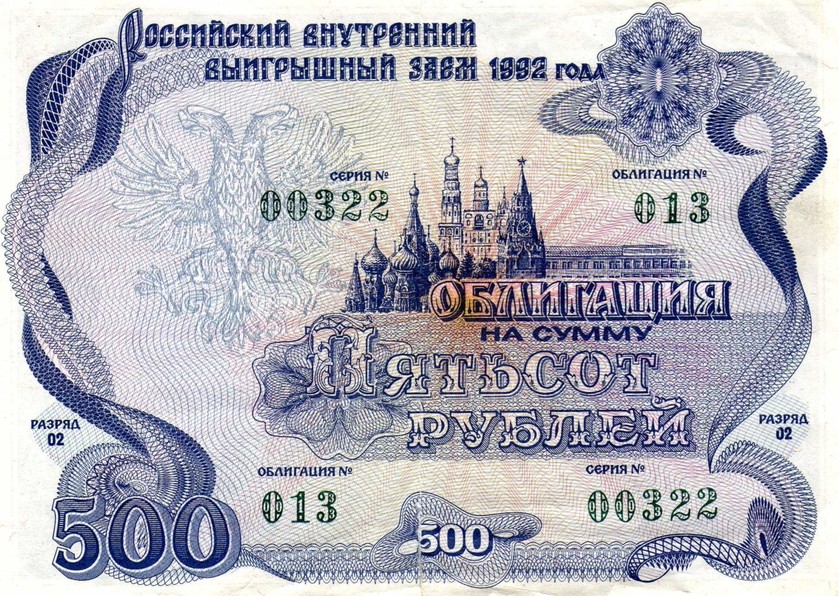What are your chances of winning with premium bonds
Post on: 8 Июль, 2015 No Comment

The changes made by chancellor George Osborne in the Budget mean that an additional £1 million tax-free prize has been added to the National Savings & Investments (NS&I) premium bond jackpot, resulting in two people a month potentially becoming millionaires by holding the bonds.
Also, the maximum an investor can hold in these bonds has increased from £30,000 to £40,000. This will be increased to £50,000 from 2015. The most recent change is an increase in the average return on premium bonds, in other words the annual interest rate, from 1.3 per cent to 1.35 per cent this month.
Lowes has calculated using this original rate of 1.3 per cent, given that the minimum prize for each draw is £25, in simple terms, a bond holder with £100 invested could wait over 19 years before ‘average luck’ dictates they should win a prize.
However, when using the new rate of 1.35 per cent, a bond holder with £100 invested could wait around 18 years in the same circumstances.
probability of winning
As each bond has the same chance of winning the jackpot each month, the more bonds held, the higher the chance of winning a prize.
Using our same calculation methods with the increased rate of 1.35 per cent, if our bond holder had invested £1,000, then average luck dictates they would have to wait 22 months to win any prize. Using the original rate of return, they would have to had waited 23 months.
So how has increasing the maximum and the rate made a difference to your winning chances when investing to the limit in these investments?
When investing £30,000, the previous maximum, at an average rate of return of 1.3 per cent with average luck, you could win, on average £390. Now when investing the new maximum of £40,000, with an improved average rate of return of 1.35 per cent with average luck, you could win £540.
As investors, we need to consider the ‘opportunity cost’, or what your money could be earning elsewhere, to consider the value of the investment.
Compared to a deposit account earning 1 per cent gross interest, the ‘opportunity cost’ for holding a further £10,000 of bonds is just £60 per annum to a higher-rate taxpayer — which with ‘average luck’ could translate to tax-free annual winnings of £135.
The ‘opportunity cost’ will be slightly higher for a basic-rate taxpayer compared to a higher rate one, but it is still very low. If you pay tax at the basic rate, giving up 1 per cent gross interest on a £10,000 investment translates to an annual ‘loss’ of £80 per year in return for the potential of winning upwards of £2 million every month, but with a more likely average outcome of winning £135 a year.
risk of inflation

No investment is completely risk free, but as NS&I premium bonds are backed by HM Treasury; they are the closest you can get to an investment that will not give rise to any loss in actual terms. Similar to the pensioner bonds due for release, but that is for another time.
However, it is important not to disregard the risk of inflation. By reference to the retail prices index measure of inflation (RPI), holders of premium bonds who have won nothing in the last five years have suffered erosion of the spending value of their capital over that same period to the tune of a massive 20 per cent.
Even those who have the requisite ‘average luck’ haven’t won anywhere near enough for the value of their capital to have maintained its spending power, any more than depositors have.
While you may read reports about the lowest level of inflation recorded, remember that inflation by its nature doesn’t go down, the rate rises or falls.
Premium bond investors know that they are relying on chance and luck to achieve a return, but given the extremely low interest rates payable on alternative cash deposits, the opportunity cost is very low.
For those who can invest the maximum, and have a diversified portfolio of other investments, premium bonds are worth considering, especially since receiving winnings is enjoyable and there is always the chance of winning big.
For those who cannot invest the maximum, frequency of wins will be lower, but except for very small holdings, it only takes a bit of luck for winnings to make a better net return than most deposit accounts are offering. Not winning can lead you to feel a bit disillusioned, but it is about taking a chance.
Paul Milburn is investment analyst at Lowes Investment Management.














